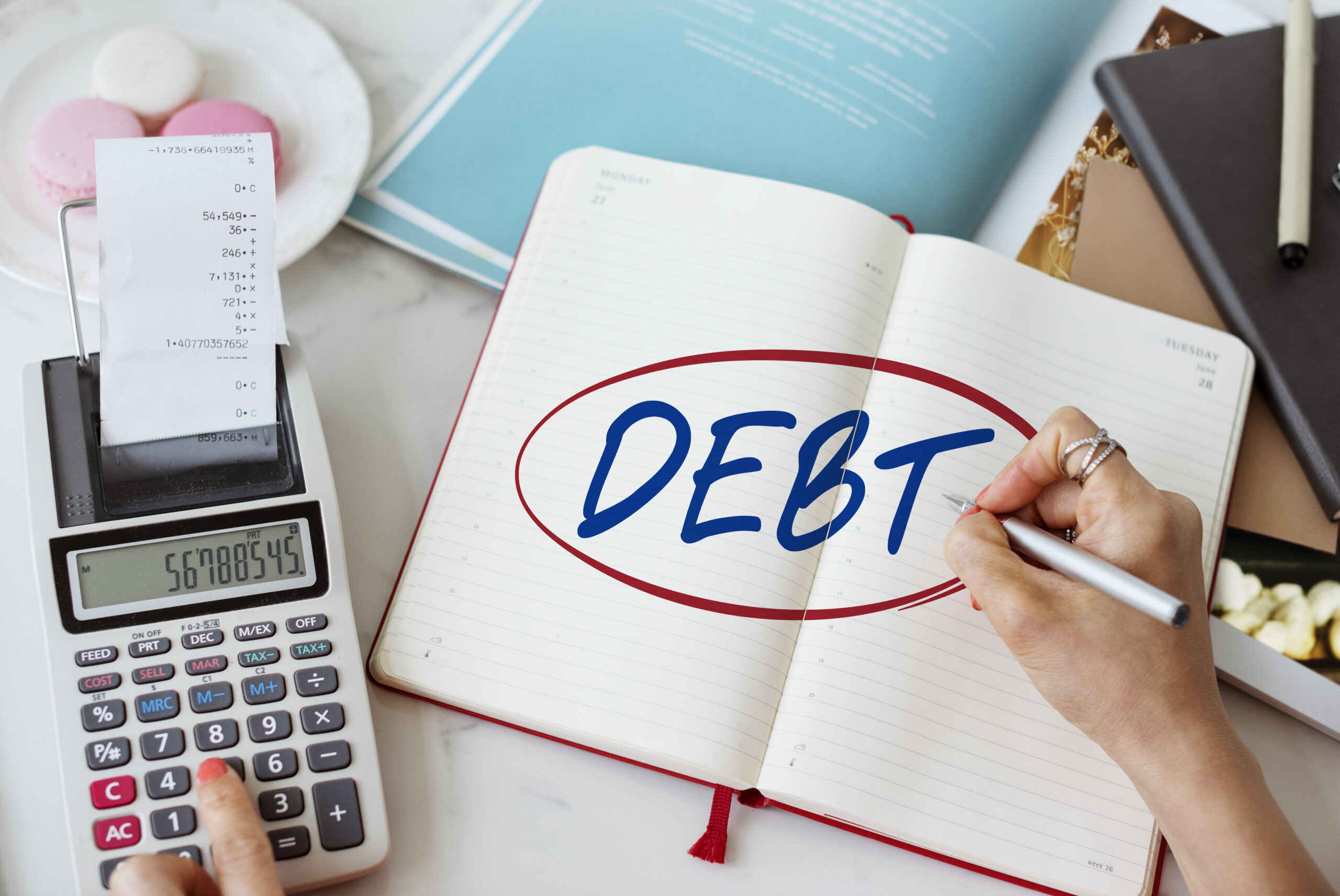Most people familiar with debt repayment methods know about the snowball approach which targets the smallest debt first and the avalanche method which focuses on the debt with the highest interest rate. The two traditional debt reduction methods appear frequently in financial blogs and advice columns.
The Debt Snowflake Method operates discreetly to help people reduce their debt burden efficiently without requiring major changes to their lifestyle or budget. The snowflake method functions as an addition to snowball and avalanche strategies to enhance financial efficiency.
The following article provides details about the snowflake method including its operation principles and implementation steps.
What Is the Debt Snowflake Method?
The concept is simple yet powerful:
Every small, extra payment you make toward your debt is a “snowflake.”
You should apply small amounts of “found money” to your debt whenever possible instead of waiting for your regular monthly payments. These small payments accumulate like snowflakes to form a large snowdrift which reduces your debt balance and interest expenses.
The snowflake method functions together with snowball or avalanche strategies. You will continue to pay down your highest interest debt first according to avalanche principles but you can also make small extra payments (snowflakes) whenever you obtain additional funds.
Why Snowflake Works So Well
The snowflake method provides immediate use of every dollar it receives. The snowball and avalanche methods require fixed monthly payments but snowflaking allows you to make micro-contributions at any time during the month.
Here’s why it’s effective:
- The application of any amount between $10 and $20 during the middle of the month helps decrease your principal amount which leads to reduced interest payments.
- The rapid decrease in your account balance creates a motivational effect.
- The method allows you to maintain your current budget structure because you can redirect small amounts of money that would have been spent on non-essential items.
Examples of “Snowflakes”
The origin of these micro-payments remains unclear. The following examples show how you can redirect snowflakes to your debt payments:
- Spare change from daily purchases. You can use the $2 you save on lunch to pay your credit card bill.
- Cashback rewards or rebates. You should use your rewards to reduce your credit card debt instead of spending them.
- Unexpected money. You can use money from birthday gifts and small refunds and the $10 you earn from selling items online.
- Micro side hustles. You can earn between $20 and $50 through quick jobs and survey participation and freelance work.
- Rounding down your bank account. You should transfer $6 from your $526 bank account balance to your debt.
Real-Life Scenario
You have a $5,000 credit card debt with 18% interest that you pay $200 monthly. The payment plan would require 32 months to eliminate the debt while you would need to pay more than $1,300 in interest.
When you add $5 daily to your income through snowflakes (such as using cashback apps or skipping daily coffee purchases) your monthly payments will increase to $350. The additional $150 monthly payment shortens your payoff period to 16 months while reducing your interest expenses by $650.
How to Implement the Snowflake Method
- Choose between snowball or avalanche as your main strategy. Snowflake functions optimally when used in combination with either of these methods.
- Monitor every additional dollar that comes into your account. You can track your savings through a finance app or spreadsheet or by using a cash jar.
- Send micro-payments weekly. Small amounts of money should not stay in your account because you should apply them right away.
- Celebrate progress. The early repayment of $20 counts as a victory because it reduces the total time needed to pay off your debt.
Snowflake vs. Snowball vs. Avalanche
Here’s a quick comparison:
| Method | How It Works | Best For |
|---|---|---|
| Snowball | Pays smallest debts first | Motivation and momentum |
| Avalanche | Pays highest interest first | Maximum interest savings |
| Snowflake | Uses micro-payments anytime extra cash appears | People who struggle to save but can find small amounts |
The most effective approach involves using avalanche as your main plan while implementing snowball for psychological achievements and snowflake to boost your progress.
Behavioral Psychology Behind Snowflake
Small wins matter. Research in behavioral finance demonstrates that people maintain their debt repayment commitments because they observe regular progress. Snowflake uses psychological principles to deliver small and immediate payment victories to its users.

The regular decrease of your balance every few days creates an intense motivational effect because it provides immediate feedback instead of requiring months of waiting to see changes.
Common Mistakes to Avoid
- Not applying snowflakes immediately. The practice of delaying snowflake application until the end of the month results in excessive spending.
- Treating snowflake as optional. The practice of making small payments between $2 and $5 consistently leads to substantial financial accumulation.
- Not tracking results. The numbers will grow rapidly when you monitor the snowflake additions you make.
Advanced Tips for Snowflake Success
- Set up bank rules to automatically move spare change through apps such as Acorns or Qapital for micro-transfer automation.
- Every time you receive a refund or discount or gift card you should apply its cash value to debt repayment.
- Try a “No-Spend Weekend” once a week to send all saved money toward debt repayment.
- The combination of cashback apps with tools like Rakuten or Honey allows users to earn additional “snowflakes” without any extra work.
FAQ
1. Does snowflake function independently without snowball or avalanche?
The strategy performs best when you combine it with either snowball or avalanche as your main approach.
2. What is the minimum amount I can pay using snowflake?
Even $1 counts! The point is consistency, not size.
3. Does snowflake work better for credit card debt or loan debt?
The strategy works for any debt type but produces the most impact when applied to high-interest credit cards because each additional payment reduces interest expenses.
4. What methods can I use to maintain my motivation while using snowflake?
The process of tracking your small payments and total interest reduction will help you stay motivated because you can see the growing impact.
Final Thoughts
The Debt Snowflake Method stands as a lesser-known debt reduction approach that strengthens both snowball and avalanche methods. Through regular small payments you can reduce your debt period significantly without sacrificing your lifestyle.
Every $5 coffee you avoid and every cashback reward you collect becomes a small snowflake that builds up into a massive snowdrift which will make your debt vanish before you expect.
